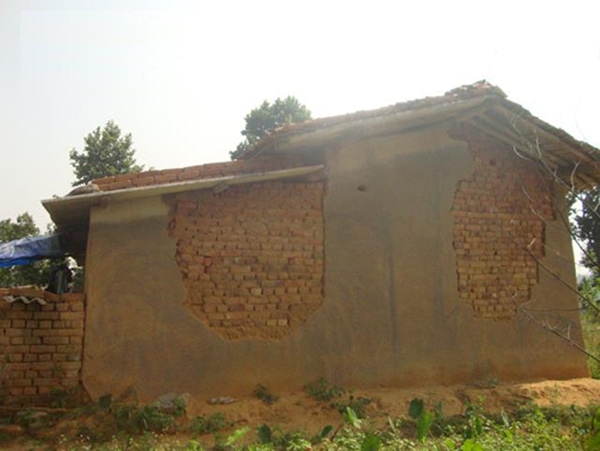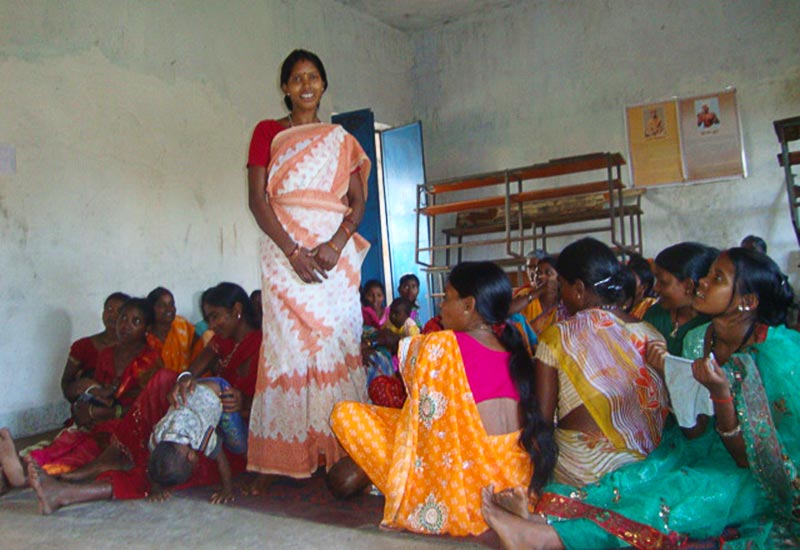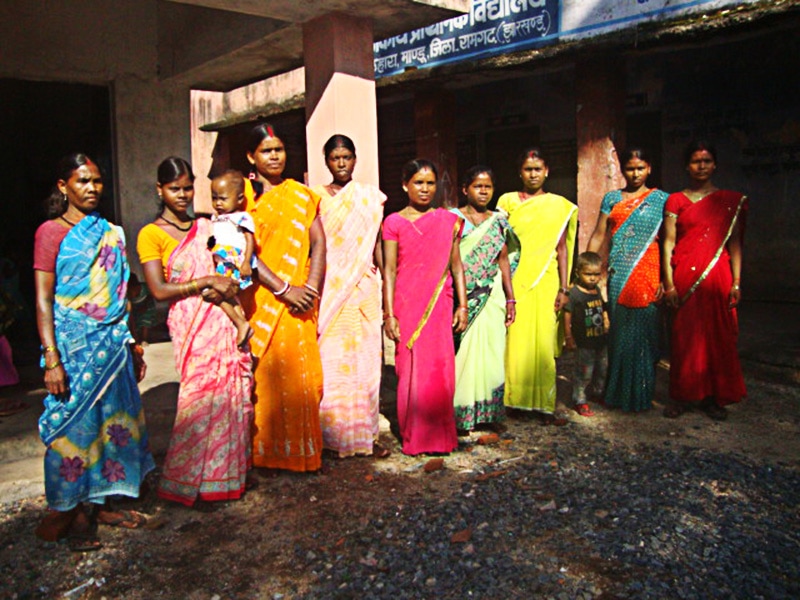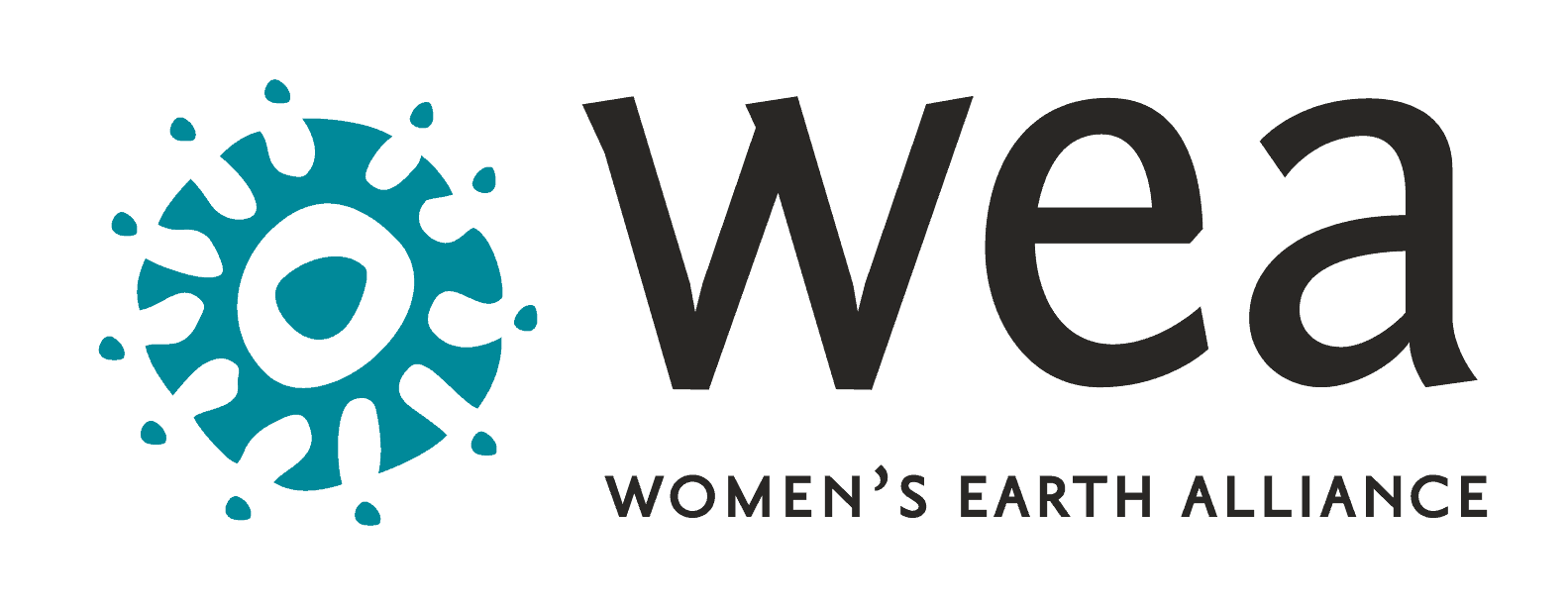Why were the elephants so angry?
By: Katie Douglas, WEA intern
In Ulhara, a village in the city of Hazaribagh in Jharkhand, India, a group of women gathered for a cluster meeting and sat in thoughtful conversation on a rising issue: Why were the elephants of the forest so angry?
The women questioned what had driven fourteen elephants to wreak havoc and destruction in the nearby villages where many of the women were from, leaving one man dead and destroying numerous food grains, houses and crops. The women began to share how mining projects were destroying their homes and natural resources, and the mental and emotional strain these processes were having on them. They likened this to the experience of the elephants, who were losing their homes and corridors to mining and infrastructure development.
In the end, the women were not angry at the elephants. Instead, they understood the animal’s anger and vulnerability as their own.

Since 2013, WEA has partnered with Chotanagpur Adivasi Seva Samiti (CASS) to support their work to create a community development program for adivasi (indigenous) women of the Santhal tribe in eastern India. Large-scale open-cast coal mining and infrastructure development has resulted in the destruction of land, forest, and river. Not only are these resources the primary means of food and fuel that the Santhal women use to sustain their families and communities, but these resources also contribute medicine, peace, and spiritual sustenance. With the loss of their lands and rivers, the women have become increasingly dependent upon men and outside markets, which makes this not only an issue of environmental exploitation, but also indigenous rights and gender injustice.
In the face of environmental destruction and oppressive gender structures, CASS provides the women with different methods of support, all with an aim of helping them to exercise their rights, practice their culture, and enhance their natural resources for a future they have control over. This is facilitated through cluster groups, trainings, weekly meet-ups for female leaders, and by enrolling local girls in school. Cluster groups, like the one that met in Ulhara, are critical to the state of the community because they allow women to share stories and skills, collectively organize, and discuss basic human and forest rights. Here, they can find the space to reflect upon the state of the Earth, and relate that back to their personal experiences.

Through this partnership, adivasi women are also provided with trainings geared towards healing through the sharing of personal experiences, and building bridges of commonality and support amongst participants. These trainings ask the women to question what they know of gender. At one such training, Ms. Budhandi—a CASS volunteer—offered the group a song:
A group of men are sitting under the banyan tree
They have listened to the sufferings of women.
They are getting up and going.
The women beckon them
To come back and listen.
Discussion of songs and stories like these allow the women to sit back and view the situation through a lens that considers gender as a social construct, and that then encourages them to take their place as leaders in their communities.
Driven by the destruction of the environment, once-sustainable communities like those near Hazaribagh have been reduced to dependent entities that are disconnected from their environment and unable to protect the rights of adivasi women. This partnership, and CASS’s tireless work, aims to provide the training, support, and networks necessary to uplift the leadership of grassroots women in some of the most impacted adivasi communities in the area, therefore promoting healing and providing peace to human and elephant alike.

